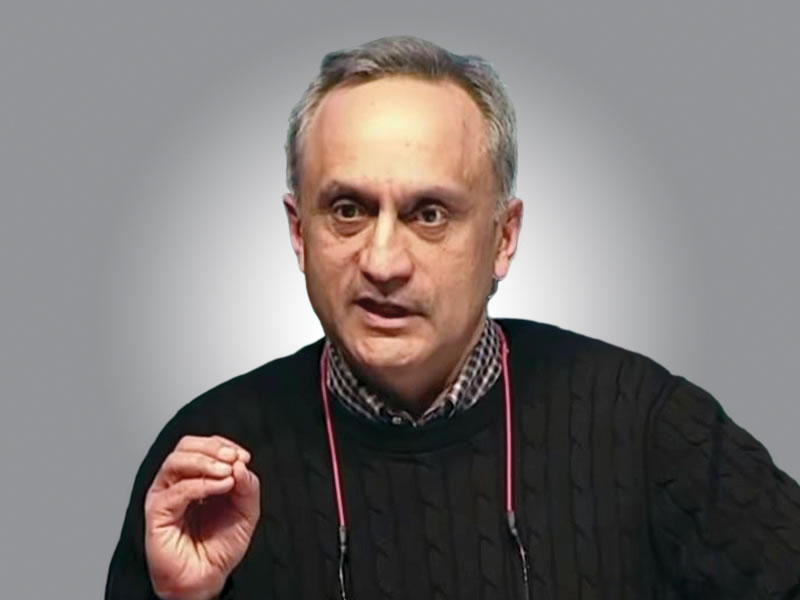Solutions, anyone?
Since climate change is here already, it would be like saying, “let’s prevent the invention of cars.” Ah…you might be a little late.
Trying to predict the future may be entertaining, but it’s not very useful for making decisions. The only useful predictions are those you can approach with certainty: If you light a fire under wet leaves, you will get smoke. If your house is burning down, you will not be sleeping there tonight. Climate change is like that. Many of the chronic problems we’ll face because of climate change are predictable because they’re already occurring.
While we may be able to slow the progression of climate change or reduce its severity if we stop driving, shutter most factories and shut down electric utilities (not happening), the effects of pollution, population growth and climate change are here to stay.
This essay is to remind people that creating workable solutions is the best way to approach problems related to climate change. It’s better than complaining about them, better than arguing about how they could have been prevented, better than making people feel guilty for not doing more. Awareness campaigns that lead to more awareness campaigns may be very fashionable, but they don’t seem to lead to results. All the wonderful plans… without solutions it’s just talk.















